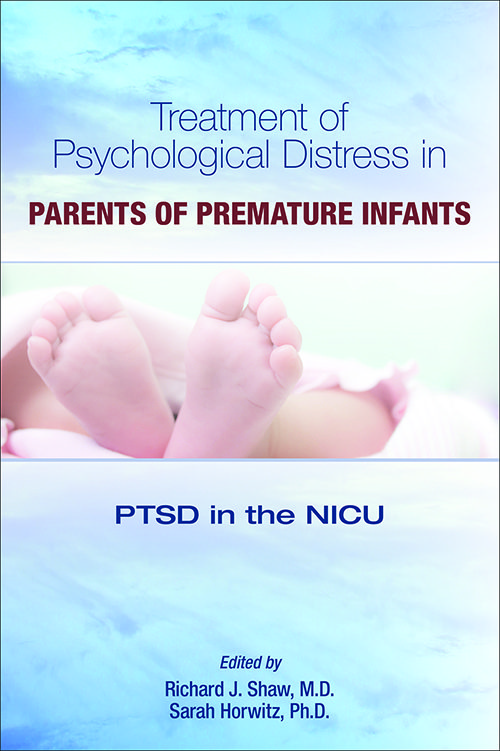
Archive for January 2022
Comparison of Prolonged Exposure vs Cognitive Processing Therapy for Treatment of Posttraumatic Stress Disorder Among US Veterans: A Randomized Clinical Trial
Federally Backed Human Trafficking Task Force Model Yields Progress, and Opportunities for Continued Growth
Report of the technical consultation on measuring healthy diets: concepts, methods and metrics
A Boy Is Beautiful: On Edgar Gomez’s “High-Risk Homosexual”

NICE recommends offering PrEP to people at high risk of HIV for first time
First manic episode following COVID‐19 infection
The relationship between maternal sensitivity and play during early childhood with the development of cognitive skills and socio‐emotional competencies: Longitudinal evidence from Peru
Nurses’ perspective about the Mental Health First Aid Training Programmes for adolescents in upper secondary schools: A focus group study
Grandmothers’ influence on the implementation of PMTCT interventions within 6 weeks at rural areas in Limpopo province: A qualitative study
Preventing, mitigating, and managing future pandemics for people with an intellectual and developmental disability ‐ Learnings from COVID‐19: A scoping review
Introducing Issue 65(1)
Hope for Latino immigrant youth: A longitudinal test of Snyder’s Children’s Hope Scale
A Universal Definition of Mental Disorder: Neither Necessary nor Desirable
Cops, Clinicians, or Both? Collaborative Approaches to Responding to Behavioral Health Emergencies

The Impact of Medicare Program Changes on Clinical Social Work
Outcome assessments used in studies examining the effect of prescribed exercise interventions for people living with severe mental illness, a scoping review
Health for the People, by the People
A New Framework for Science-Informed Investment in the Early Foundations of Health and Development
A Researcher–Practitioner Collaboration to Enable Replication of an Evidence-Based Financial Education and Coaching Program That Improves Health in Low-Income Single Mothers
Factors Associated With Self-Perception in Oral Health of Pregnant Women
PKC inhibition decreases amphetamine-maintained responding under a progressive-ratio schedule of reinforcement.
Diverse Effects of Mass Media on Concerns about Immigration: New Evidence from Germany, 2001–2016
Longitudinal study of patients’ health-related quality of life using EQ-5D-3L in 11 Swedish National Quality Registers
Healthy metaverse: how can we promote health online?
Menstrual hygiene practice among adolescent girls in Ethiopia: A systematic review and meta-analysis
Treatment of Psychological Distress in Parents of Premature Infants: PTSD in the NICU

Prevalence of marijuana use in pregnant women with concurrent opioid use disorder or alcohol use in pregnancy
Policy Analysis in 750 Words: Changing things from the inside
Is mother’s financial autonomy associated with stunting among children aged 7–35 months: An empirical study from India
Editorial Perspective: How Sir Michael Rutter revolutionised our understanding of human development: An introduction to a systematic digest of his life’s work
Missing from the story: The urgent need for better data to protect children on the move
Online Isha Upa Yoga for student mental health and well‐being during COVID‐19: A randomized control trial
Has COVID killed the office?

Right team, right time, right place – KCC Children’s Social Work
Effective catch-up interventions: A practical set of prompts
Cognition in older adults with bipolar disorder: an isbd task force systematic review and meta‐analysis based on a comprehensive neuropsychological assessment
Fast Feet Forward: Early intervention protocol using bilateral movements to reduce stress and increase positive cognitions in adopted children with complex trauma presentation
Function, Dysfunction, and the Concept of Mental Disorder
The effect of perceived life stress on posttraumatic stress disorder treatment outcome
Understanding Incarceration and Re-Entry Experiences of Female Inmates and their Children: The Women’s Prison Inmate Networks Study (WO-PINS)
The Pandemic Preparedness Program: Reimagining Public Health
Prevalence and inequality in persistent undiagnosed, untreated, and uncontrolled hypertension: Evidence from a cohort of older Mexicans
Prevalence of Self-Reported Physical Inactivity* Among US Adults by State and Territory, BRFSS, 2017–2020

* Respondents were classified as physically inactive if they responded “no” to the following question: “During the past month, other than your regular job, did you participate in any physical activities or exercises such as running, calisthenics, golf, gardening, or walking for exercise?”